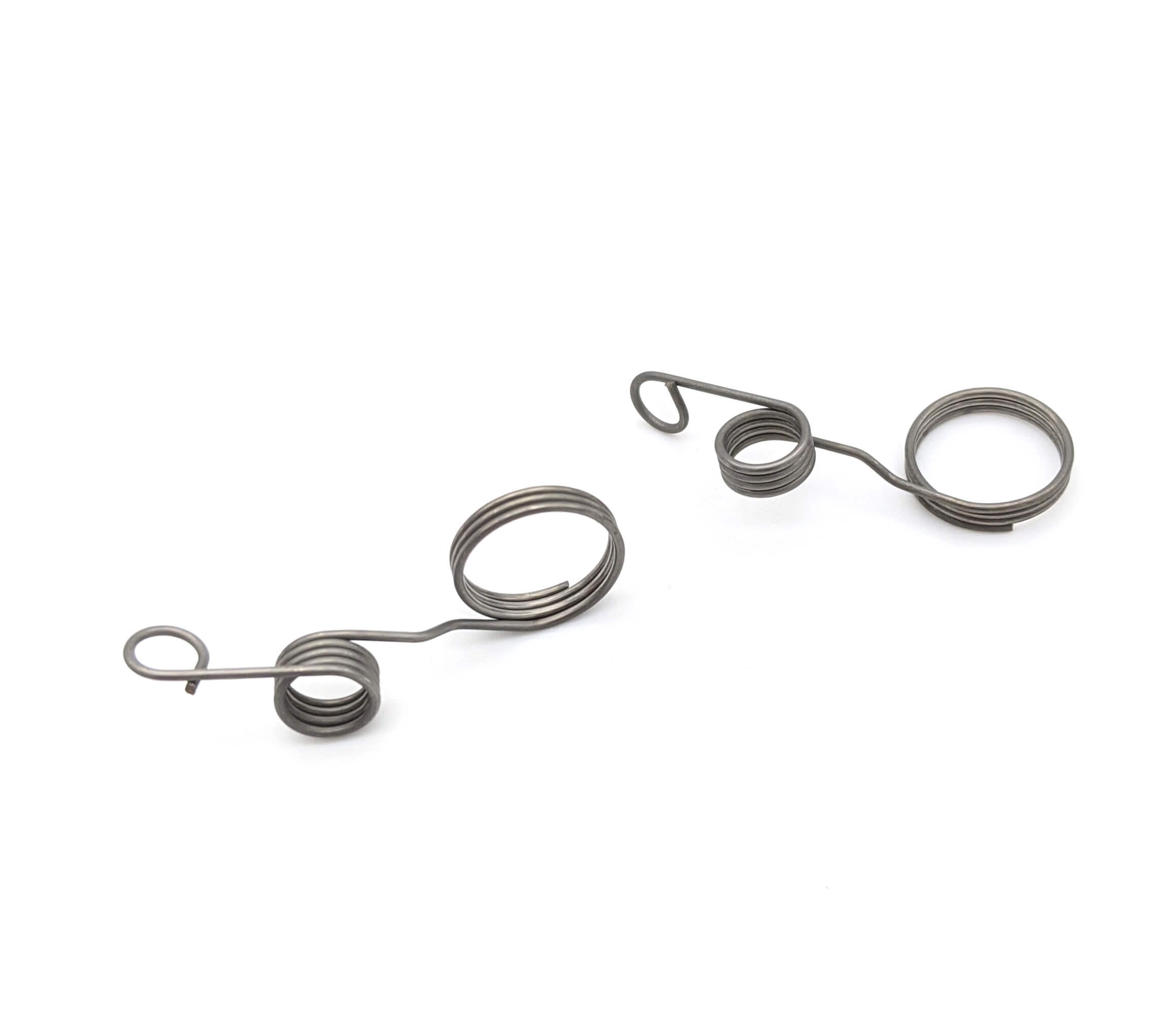Get unique, complex parts easily. No matter your requirements, Chaoyi Spring creates hard-to-produce coil springs and wire forms.
Let us help you create the custom wire form you need, from S-hooks and J-hooks to utility hooks and more.
We work closely with customers across a wide range of industries, helping them design and manufacture made-to-order parts.
Why choose Chaoyi Spring? We prioritize customer-focused collaboration, modern equipment and the latest technology to make your parts per print.
Find the information and guidance you need, from measuring a spring to learning about materials, placing an order and much more.
Low torsion springs are a vital component in countless applications, from garage doors and window blinds to automotive suspension systems and industrial machinery. These springs are engineered to provide a


Low torsion springs are a vital component in countless applications, from garage doors and window blinds to automotive suspension systems and industrial machinery. These springs are engineered to provide a controlled force that enables smooth and efficient operation of various mechanisms. In this comprehensive guide, we'll delve into the intricacies of low torsion springs, exploring their key features, types, applications, advantages, and selection considerations.

Low torsion springs, also known as low-force torsion springs, are a type of mechanical spring designed to store and release rotational energy. They are characterized by their relatively low spring rate, meaning they require a smaller amount of force to achieve a given amount of deflection. This inherent characteristic makes them ideal for applications where a gentle, controlled force is required.
The fundamental principle behind low torsion springs lies in their construction. These springs typically consist of a coiled wire wound around a central axis. When a torque is applied to the spring, it twists, storing energy within its elastic material. Upon release, the spring unwinds, delivering the stored energy in the form of rotational force.
Low torsion springs come in a wide array of variations, each designed for specific applications and force requirements. Some common types include:
The choice of spring type depends heavily on the specific application and the desired force characteristics. Engineers carefully consider factors such as spring rate, torque output, and operating range to select the most suitable type of low torsion spring.
Low torsion springs play a critical role in a wide spectrum of industries and applications. Some common examples include:
The versatility of low torsion springs makes them invaluable across numerous sectors, contributing to improved performance, efficiency, and user experience.
Low torsion springs offer several advantages that make them a preferred choice for various applications:
These advantages make low torsion springs a cost-effective and reliable solution for a multitude of mechanical applications.
Selecting the right low torsion spring is crucial for ensuring optimal performance and longevity. Some key factors to consider during selection include:
Consulting with a qualified spring manufacturer or engineer can provide valuable assistance in selecting the most suitable low torsion spring for your specific needs.
Low torsion springs are essential components in numerous applications, providing controlled force and smooth movement. They are available in various types and configurations, offering a wide range of force characteristics and operational capabilities. By understanding the key features, advantages, and selection considerations of low torsion springs, engineers and designers can effectively incorporate them into their projects, ensuring optimal performance and reliability. Whether it's a garage door, window blinds, or a complex industrial machinery system, low torsion springs play a vital role in enhancing functionality, improving efficiency, and providing a positive user experience.
In conclusion, low torsion springs are a versatile and essential component in a wide range of applications. Their ability to deliver precise and controlled forces, combined with their durability, quiet operation, and energy efficiency, makes them a valuable solution for diverse mechanical needs. When selecting a low torsion spring, carefully consider factors such as spring rate, torque output, operating range, material, and size to ensure optimal performance and longevity. With the right selection and application, low torsion springs can significantly enhance the functionality, reliability, and user experience of countless systems.
Browse some of the custom wire forms and springs that we manufacture. Don’t see what you need? We specialize in made-to-order products that meet your application requirements.
Visit Our GalleryNeed a custom wire form or coil spring? We make it work. Fill out the contact form and a representative will respond within 1 business day. If you have a PDF or CAD file, you can submit to request a quote.